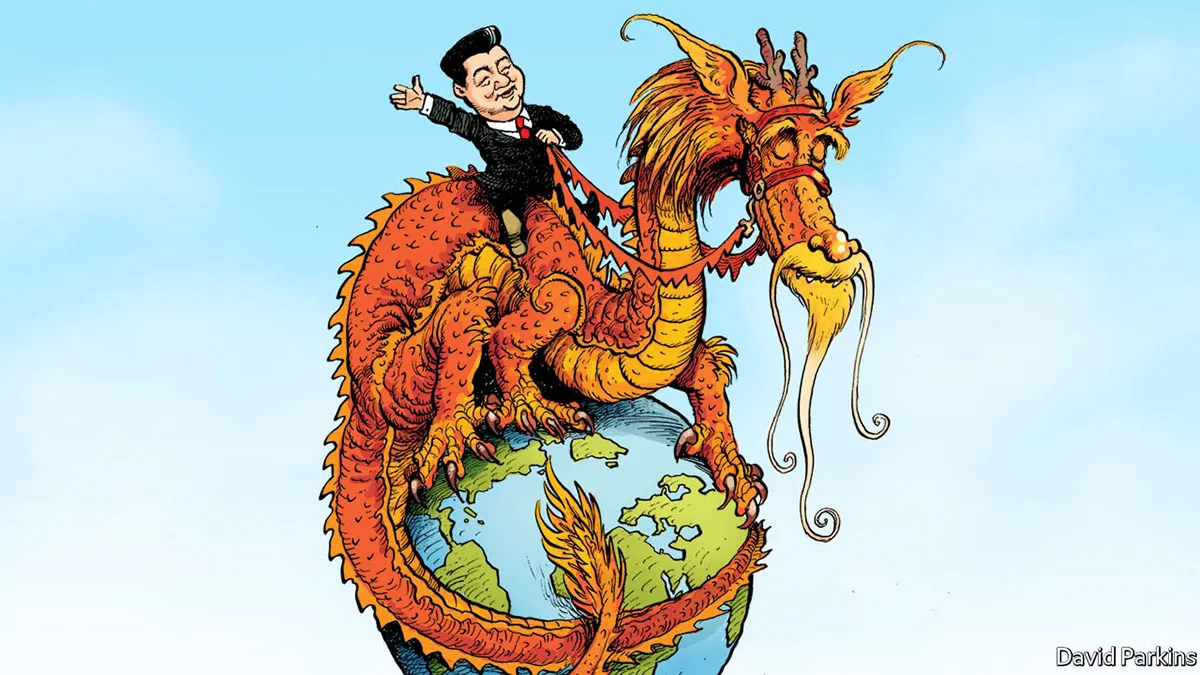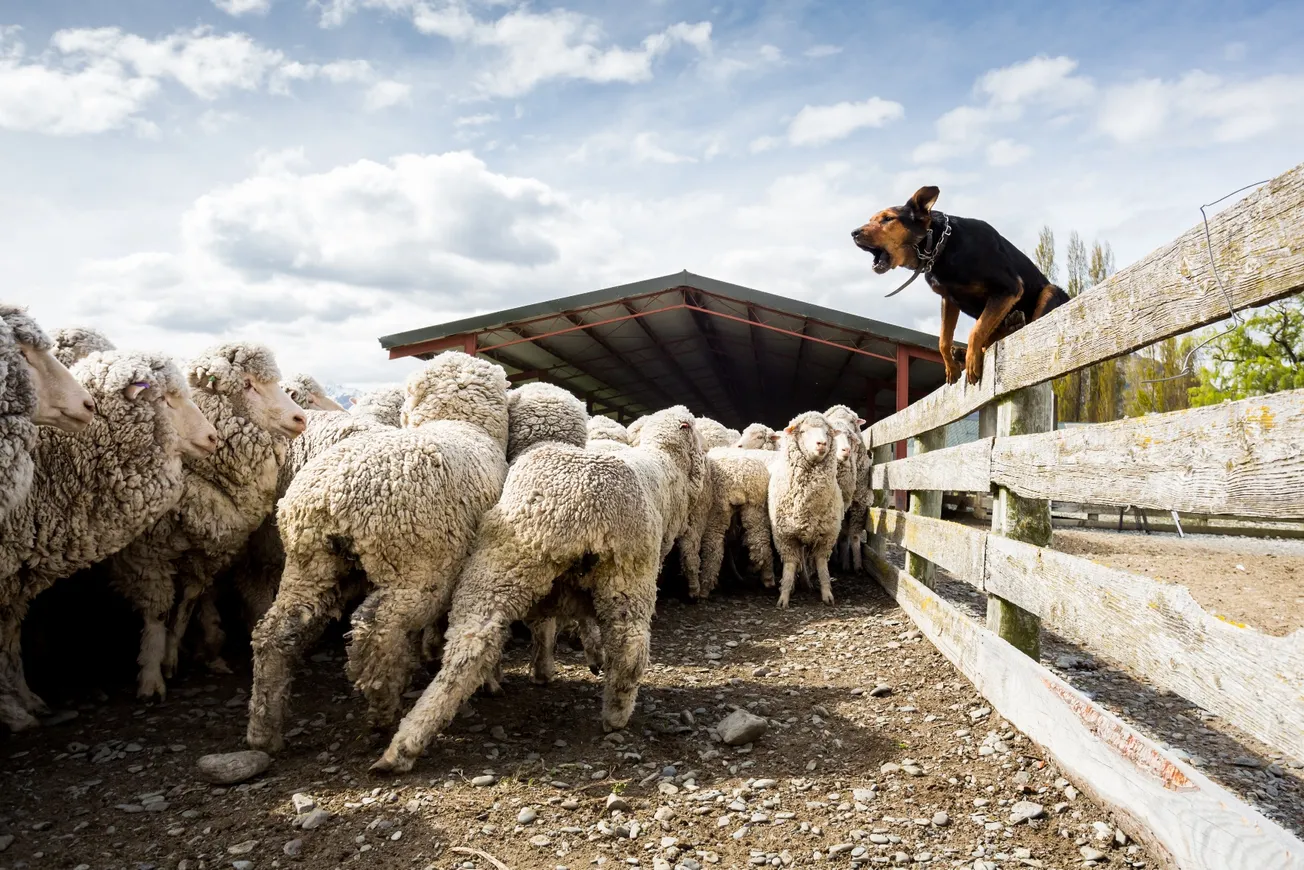“Asymmetric warfare” is a well-known concept in international relations – but does it apply in economic warfare as well as military conflict?
Asymmetric warfare is war between combatants whose relative military strength, or tactics and strategy differ significantly. Commonly, between professional armies and militias or insurgents. Paradoxically, asymmetric warfare often benefits the militarily ‘weaker side’: the professional army might be hampered by rigid doctrines or rules of engagement, and they are held to norms of laws of war in a way that their enemies aren’t. The classic examples are the Vietnam War and the War on Terror. The American Revolutionary War was also an asymmetric conflict.
In the economic and diplomatic war playing out between China and Australia, China might seem the stronger party – but can it win the asymmetric conflict?
Diplomatically, China is losing badly – at least, internationally. China is coming off as a brutal cry-bully, kicking a middle-power because it hasn’t the guts to take on its real rival, the United States. Not that that matters to Beijing: its real diplomatic mission is to whip up nationalistic propaganda for the home front.
But on the economic front, it’s widely assumed that Beijing is holding all the trump cards. After all, a succession of Australian governments and business leaders have blindly chased the yuan without any consideration for the strategic consequences. Australia is the second-most trade-exposed nation to China, after Chile. A range of industries targeted by China are in panic mode.
But does China hold the upper hand it wants us to believe it does?
Because Australia has something – two things, in fact – that China needs very, very badly.
New trade figures strongly suggest China’s bans on Australian coal have backfired economically, with coal import prices surging.
Prices paid by China for imports of the two main types of coal — heating and steelmaking — have jumped by at least 40 per cent since low points earlier this year.
Australian iron and coal – the raw materials of steelmaking – have been absolutely crucial to China’s rise. As they are to any modern, industrialised nation. It’s no coincidence that the first step to the EU was the Coal and Steel Community, which was expressly formed to deny Germany unfettered access to war-making material.
So has China cut off its industrial nose to spite its global power face?
Paradoxically, the informal bans — issued verbally — on Australian coal coincided with a string of drivers that were set to push coal prices higher in any event. Cutting out Australian supplies has turbocharged price rises[…]
The unwanted price rise in a key commodity for China just as the country enters the northern hemisphere winter should be a clear warning to Beijing that any wider plan to cut iron ore would also backfire economically: China has a higher dependence on Australian iron ore than it has on Australian coal.
Coal prices have also moved higher inside China in recent days on the back of a mining catastrophe where 23 miners were reported killed in an accident at Chongqing earlier this month.
Then there’s the economic impact of the Wuhan plague on the Chinese economy, which, like its infection and death rates, is almost certain to be far higher than Beijing is letting on. As the northern winter hits, there are already hints that a new wave of infections are hitting in China.
China’s coal comeuppance now puts Beijing policymakers in a tight bind: if China moves to lift coal imports from other suppliers (Indonesia, Canada, Mongolia), it will continue to pay higher prices as commodity markets generally participate in a COVID-19 recovery bounce.
If China returns to the level of Australian imports it was managing earlier this year, the move will indicate either a softening of trade tensions or a pragmatic acceptance of Australia’s pivotal position in the coal market.
The Australian
Now is the ideal time for Australian coal exporters to start finding other markets. China is not, in fact, the world’s largest importer of coal: Japan and India import more. Both countries are emerging as key allies in the “Quad”: the informal military and economic allies of Asia-Pacific countries solidifying as a ‘ring-fence’ against China’s aggressive expansion in the sphere.
Please share this article so that others can discover The BFD









